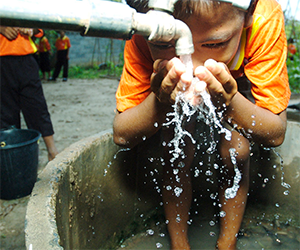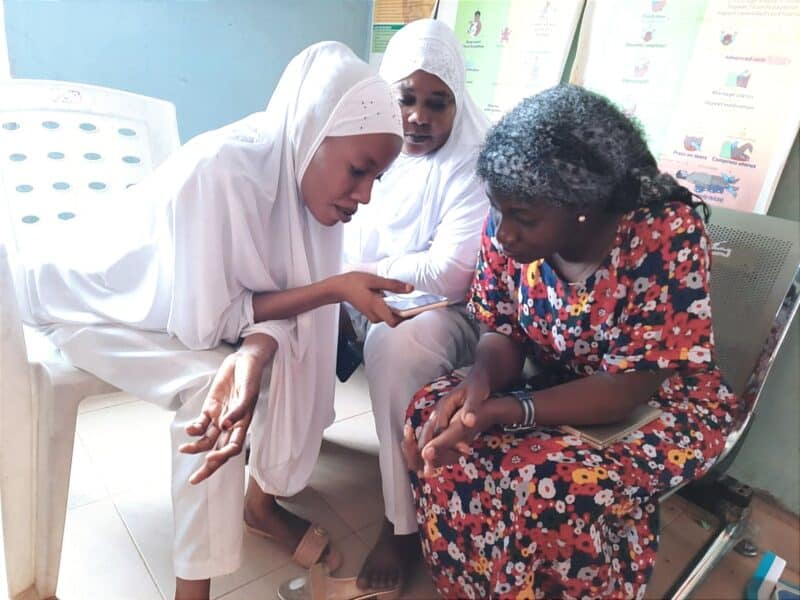With an estimated 1.5 million deaths each year, diarrhea remains the second leading cause of death among children under five globally. Prevention and management of diarrheal diseases are essential to improving child survival.
The 2009 UNICEF/WHO publication “Diarrhoea: Why children are still dying and what can be done” lists improvements in water, sanitation and hygiene practices as three of the five elements that require a concerted approach to reduce the diarrhea burden in the medium to long term.
In the CCP publication, Social, Cultural and Behavioral Correlates of Household Water Treatment and Storage, Drs. Figueroa and Kincaid discuss the many individual, household and community level factors that play a role in water treatment behavior and offer a model that can be used to improve the design and effectiveness of water treatment programs.
The Model of Communication for Water Treatment and Safe Storage Behavior is based on behavior change and communication theories that have been applied and tested worldwide by CCP across several health areas, including water treatment. The authors hope this contribution to the field of water, sanitation and hygiene will increase our understanding of the predictors of sustained water and sanitation behaviors and thus result in more successful programs to achieve better health outcomes around the world.
Readers are encouraged to send comments to Maria Elena Figueroa





